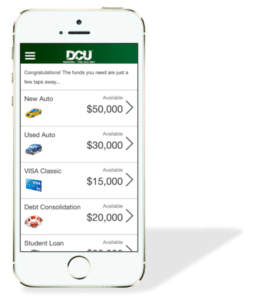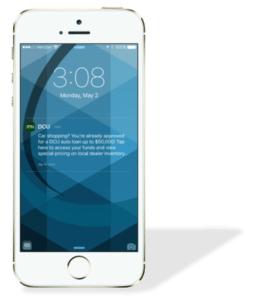
 In the world of branding and financial marketing, you have to spend money to make money. But how much to spend? Where do you spend it and how do you make the most of if? These nagging questions can be answered by following a few detailed steps.
In the world of branding and financial marketing, you have to spend money to make money. But how much to spend? Where do you spend it and how do you make the most of if? These nagging questions can be answered by following a few detailed steps.
Before we dig in, it’s good to note that many organizations already have set budgets and reliable budgeting practices. Look at the following steps as a way to gain a fresh perspective or even a way to persuade your co-workers to look at the marketing budget just a bit differently.
Step 1: Count the money
If your budget has yet to be determined, or if you’d like a little ammo to convince the keeper of your budgetary purse strings to loosen them a bit, here are some general industry standards.
The source of many company’s marketing budgets come directly from annual sales. This amount ranges from one to ten percent depending on the company. A new, emerging organization is building a new and relatively unknown brand. That sort of situation can justify dedicating ten percent of sales to introduce the brand into the market. Some aggressive start-ups have even been able to justify 15 percent.
If your institution and your brand are well established, a lower percentage sometimes makes the most sense. But that approach will often provide status quo results–something to think about when managing your budget and your credit union’s marketing expectations.
Step 2: Dole out the money
Once your total annual budget is determined, it’s time to develop an annual marketing plan. Every savvy marketer will be asked to do more for less. These are where the decisions can get tough. Studying past success and continuing or increasing your spend in a particular medium, say radio, is a safe bet. And playing it safe can make a lot of sense depending on your goals. The trick is to diversify your channels to create flexibility in your mix and to ensure a broader reach in your message.
Making a detailed annual plan also creates the perfect opportunity to sock away a little mad money. Take a small percentage of your budget and try something your credit union has never done before. Look at it has a high-risk, high-reward endeavor — this year’s attempt to swing for the fences. Try a geo-located SMS campaign. Invest in some big data research. Fund an out-of- the-box PR stunt. Whatever it is, make sure it’s original enough to make a few co-workers, and maybe even yourself, a little uncomfortable. And since the percentage of your budget used for your little marketing experiment is low, the actual risk is greatly diminished.
Step 3: Track the money.
After you’ve made your marketing plan, execute it to the best of your ability. Just don’t think that’s the end. When your message gets out into the world is when the fun begins. You can monitor what’s working and what’s falling flat. This is your chance to react and adjust your spending plan. In the world of digital marketing and social networking, the information about your branding is out there. You may just need to listen. Or you may need to actively hunt down the information. But once you have it, treat it like gold.
Analyze every dollar spent and then remember that your plan is just that — a plan. It wasn’t carved in granite, and it was meant to be adjusted. Weed out the poor performing channels. Aggressively feed the media that are working like gangbusters and are still hungry for more. The trick is the know when to pull the plug on one and crank up the volume on the other. When making these adjustments rely on your experience, the advice of others, and some old-fashioned marketing intuition. Making these decisions should be as much of an art as a science.
So work diligently to get the best out of every cent in your marketing budget. Keep a keen eye open for changes in channels and in the latest technology when making your plan. Make sure your media mix is diverse. Use history to make some decisions, but don’t get so stuck in the past that you’ll miss the future. And once you implement your plan, be nimble. Certain channel performances will change, and the successful marketer will be ready, willing, and able to change with it.
Mastering these steps will lead to lead to an increase in sales and, in turn, an increase in your marketing budget for next year.
Sources:
http://www.forbes.com/sites/davelavinsky/2013/06/07/three-steps-to-a-solid-marketing-budget/
http://www.inc.com/guides/2010/09/how-to-build-your-marketing-budget.html











